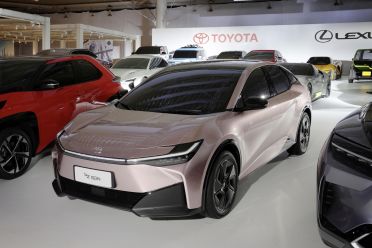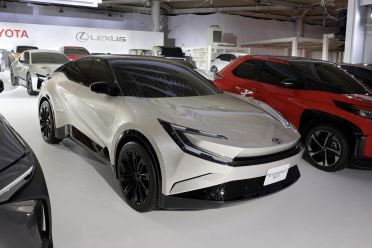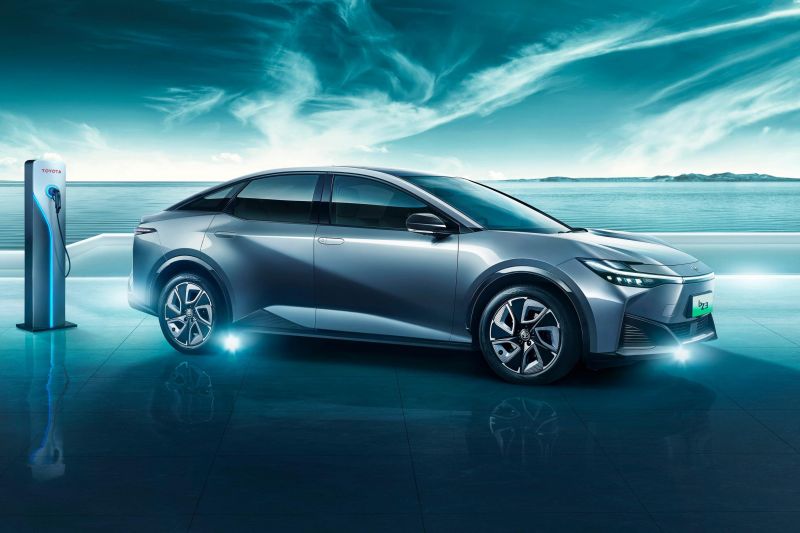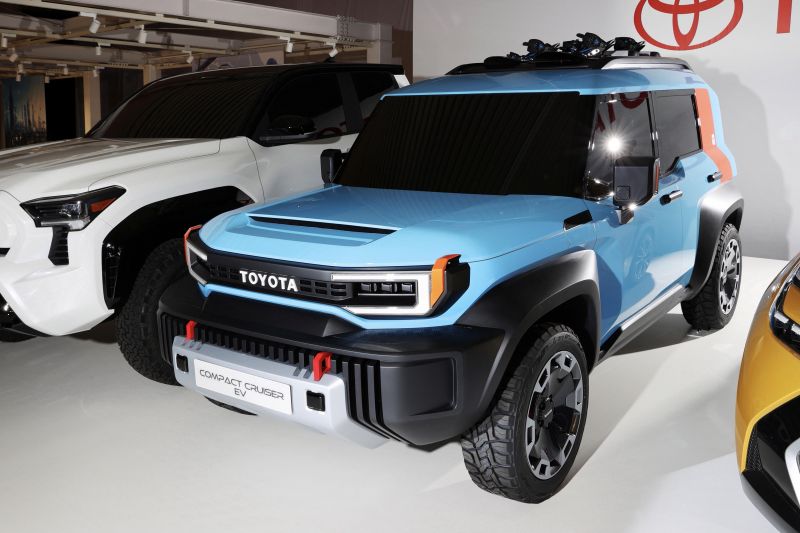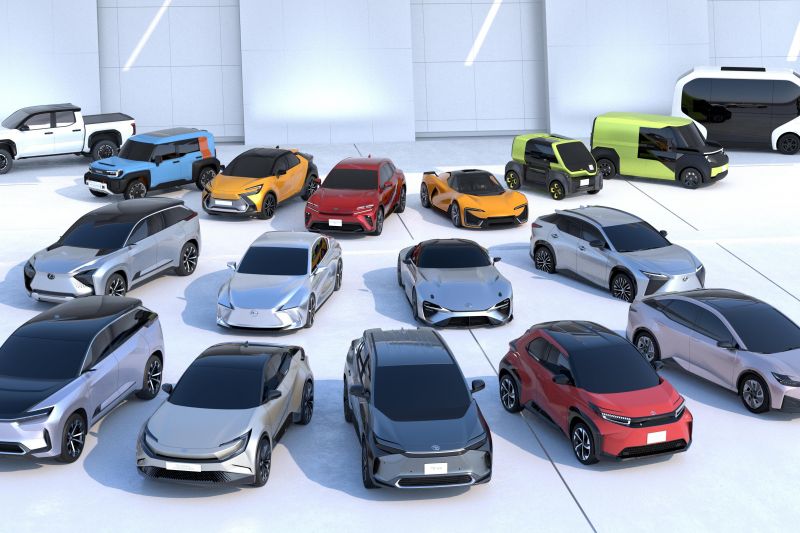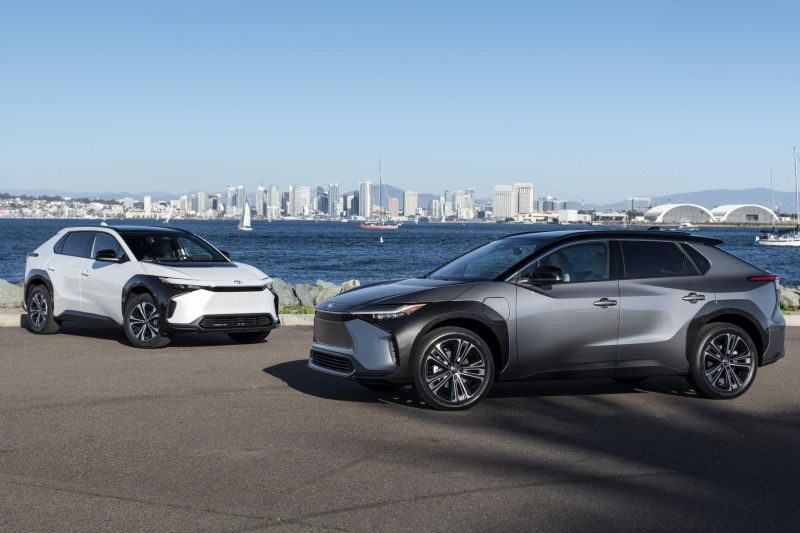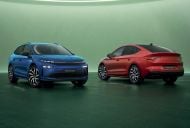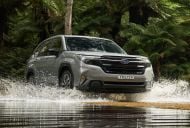Toyota has teased an upcoming, as-yet unnamed member of its growing family of bZ-branded electric vehicles.
It dropped a shadowy teaser in a press release announcing the new, China-only bZ3 sedan, captioning it only with, “A Toyota bZ series model under development”.
This teaser appears to depict a liftback, with similar styling elements to the bZ3 like the angular uptick of the beltline at the rear doors and similarly shaped tail lights.
Of the 12 Toyota EV concepts teased last year, it resembles the bZ Compact SUV concept as well as the bZ SDN that also appears to have inspired the aforementioned bZ3. It also shares some design similarities with the new Crown liftback.
Whether this will be a global bZ model like the bZ4x or a Chinese exclusive like the bZ3 is unclear.
If this is a liftback counterpart to the bZ3, it may be sized similarly to the next-generation Prius.
While Toyota’s hybrid pioneer has been discontinued in Australia, a new fifth-generation model is in development and spy photographs show it appears to be lower and sleeker. A plug-in hybrid variant is expected to continue.
The Japanese brand offers one of the widest ranges of hybrid vehicles of any automaker in the world – they account for 24 per cent of its global volume – but it has been accused of being a laggard in the EV space.
A report this week suggests things will get worse at the automaker before they get better.
Multiple sources within Toyota have told Reuters the automaker is considering a drastic overhaul of its electric vehicle plans, with a working party currently examining options and due to report back at the beginning of 2023.
When Toyota and Lexus told the world late last year it would invest billions in EV development, revealing 16 EV concepts with production intent, its projections indicated it would only need to build 3.5 million EVs per year by 2030 to meet demand. For context, the company currently produces about 10 million cars per year.
Now it believes it will need significantly more than that, and it also wants to bring the cost of EV technologies down to be competitive with the likes of Tesla, Rivian, General Motors, Ford and others.
While the automaker considers its options, it has reportedly paused several of the EV projects announced at the end of 2021. Documents seen by the news service say work has stopped on the EV version of the Crown, and the Compact Cruiser crossover, which had styling reminiscent of the FJ Cruiser.
One plan being considered would see Toyota incorporate new technologies into the e-TNGA platform in order to stretch out its working life and make it more competitive, while another plan would see e-TNGA scrapped earlier than anticipated and numerous models cancelled.
While this would put Toyota further behind the pack in the short term, it will allow the Japanese giant to concentrate on developing a new ground-up EV architecture, which could take as long as five years.
The EV-only e-TNGA and petrol/hybrid TNGA platforms share a lot in common, speeding up the development time of the former, and allowing vehicles on both architectures to be built on the same production lines.
When Toyota was operating on lower EV forecasts these features were seen as benefits, but with the focus increasingly shifting towards towards EVs the platform could be holding the firm back.
In parallel with this, Toyota is working with its key suppliers to improve thermal management of core components, such as the battery and climate control systems, in order to reduce the amount of battery capacity needed – the most expensive component of any EV – while maintaining range.
It is also investigating production overhauls, and is casting an especially envious eye on Tesla’s “giga press” setup, which allows the EV specialist to more easily stamp out large body pieces and thereby streamline its build process.
Toyota has argued it was reducing CO2 before it was “trendy” and that a diverse set of powertrain technologies are required to “take everyone on the journey”.





